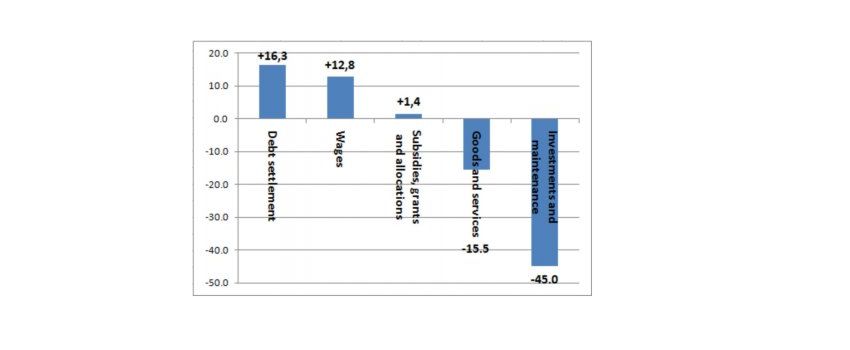As public discussions on the 2015 draft budget of the city of Banja Luka are currently underway, we wish to draw attention to a structural problem with the city budget that has persisted for several years, and is worsening. As we all know, it is not the size of the budget that is most important, but what the money is spent on.
The serious issues that GEA wrote about last year regarding the structure of Banja Luka’s city budget are being neglected again in 2015. City officials grappling with significant decreases in revenues in recent years have not adjusted budgetary spending in a way that benefits the city. Several basic problems with the city budget are as follows:
Due to a fall of income from indirect taxation, the city’s overall revenues have dropped significantly since 2007.
On the expenditure side of the budget, this drop in revenues has primarily resulted in an enormous decrease (up to 45 million BAM – see Annex) in allocations for investment and maintenance
At the same time, budget allocations for debt settlement and wages have increased significantly – more than any other budget items.
In 2015, budget allocations for wages are as much as 36.8 million BAM – an increase of some 12.8 million BAM compared to 2007. Allocations for wages has become the biggest item in the budget by far. Because overall data on the number of employees in administrative service who are paid out of the city budget is not currently available in official reports provided by the city administration or on Banja Luka’s website, it is impossible to determine how much of this increase in wages is the result of salary and other personal income increases and how much is accounted for by the creation of new jobs.
An important question remains unanswered: Is the trend in the structure of budgetary spending by the City of Banja Luka for the 2007-2015 period in line with the 2007-2015 City Development Strategy?

